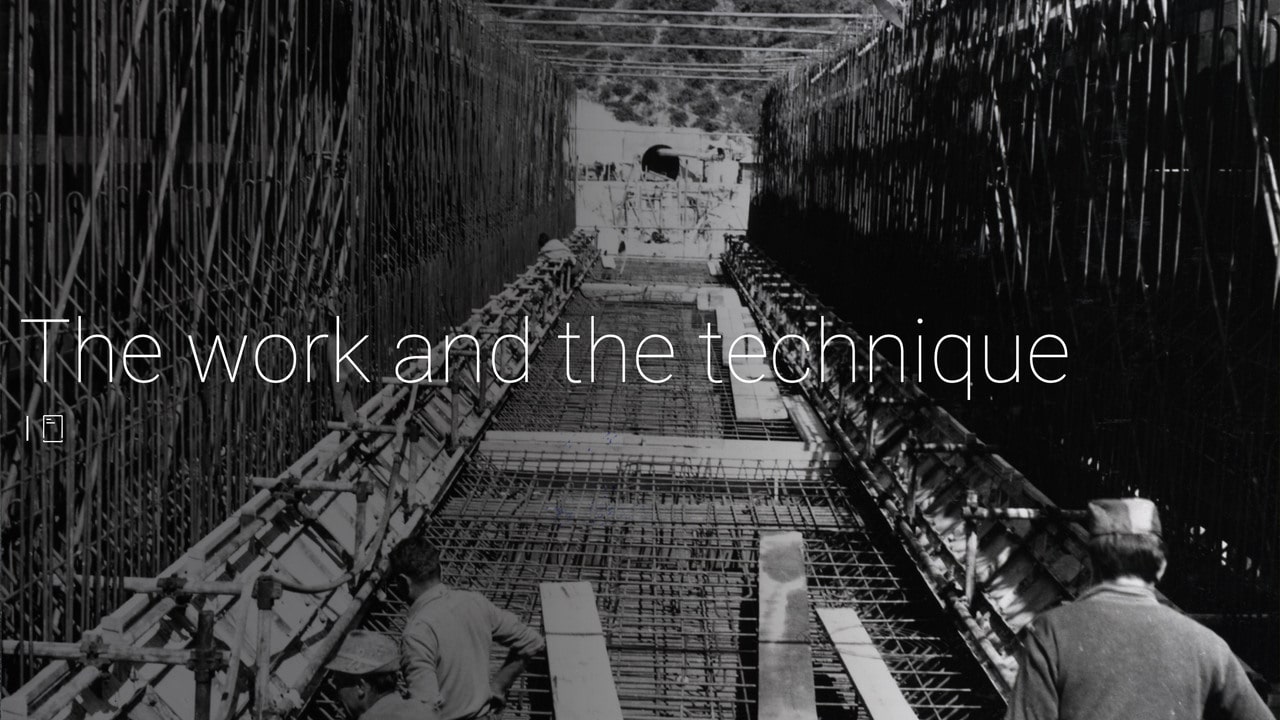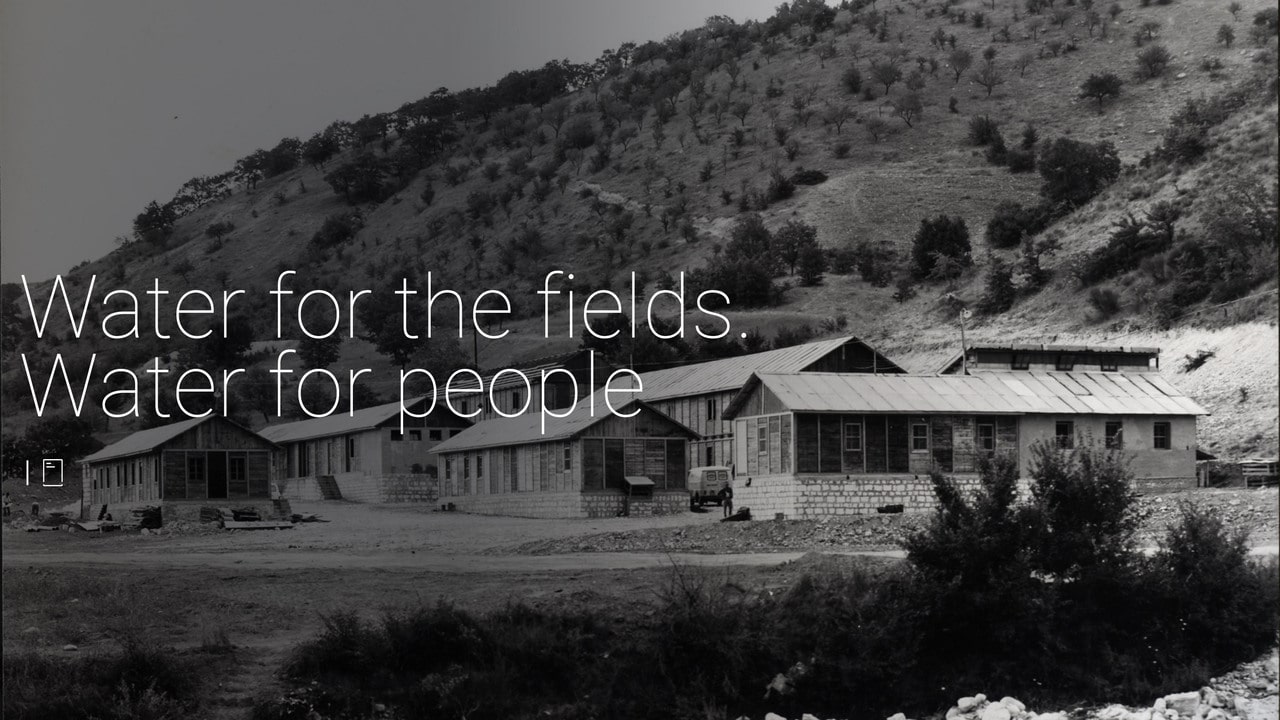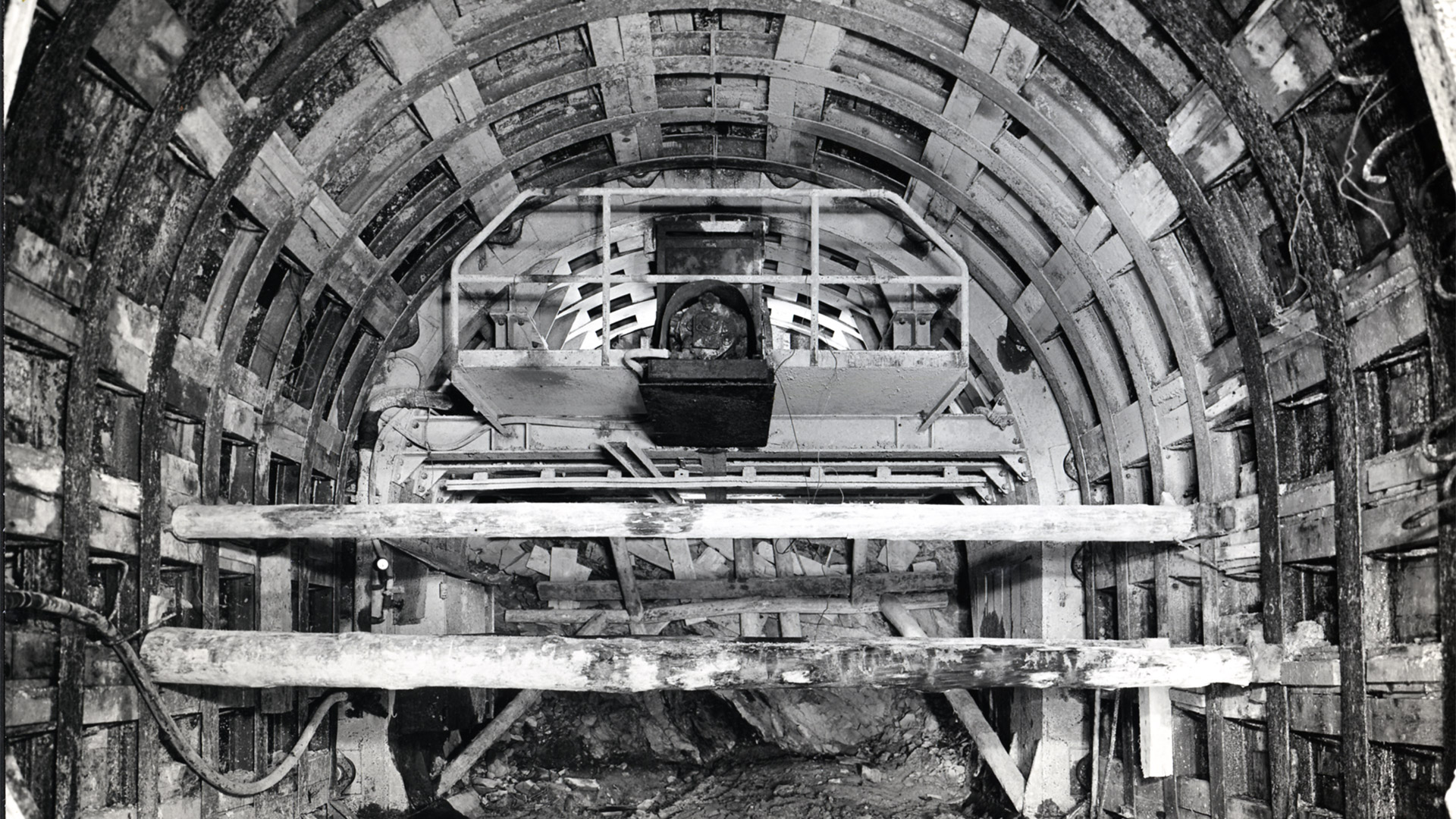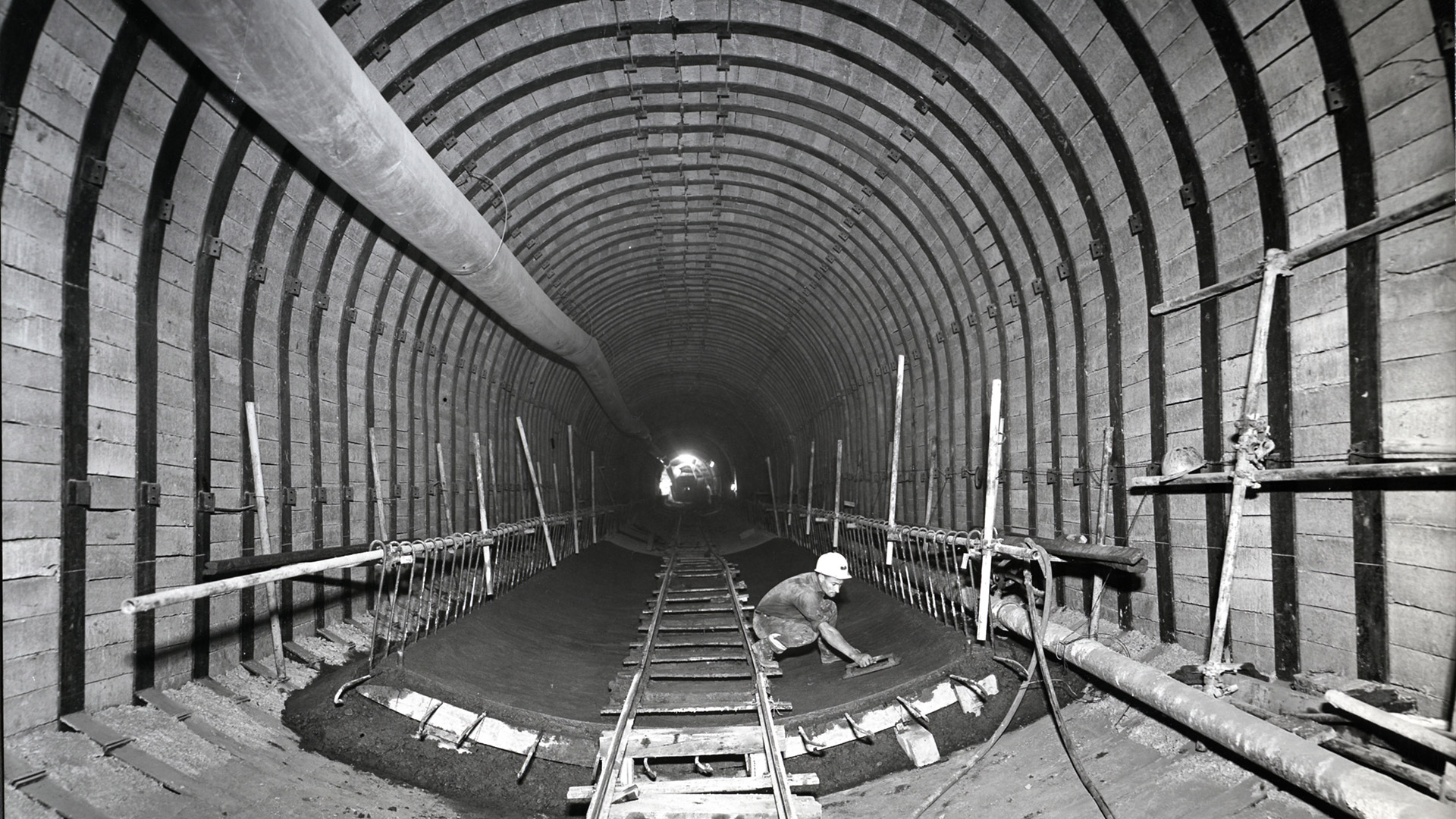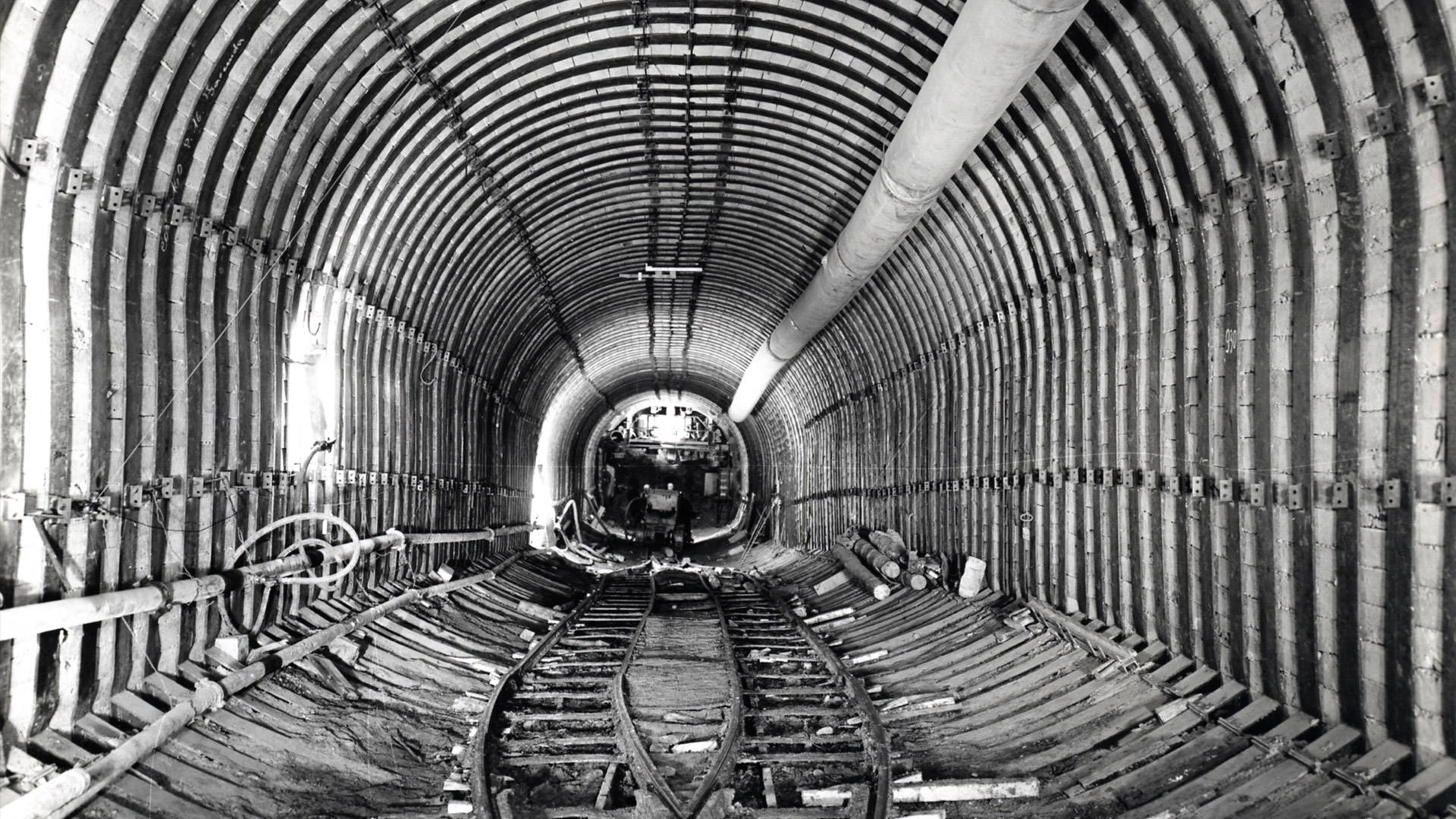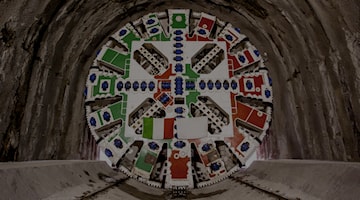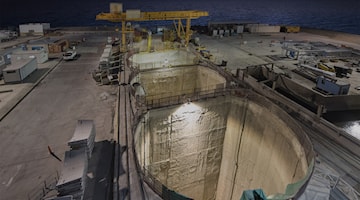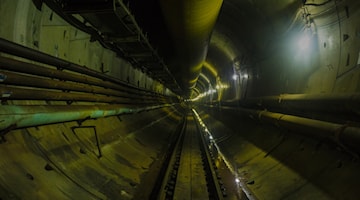Apulia Water
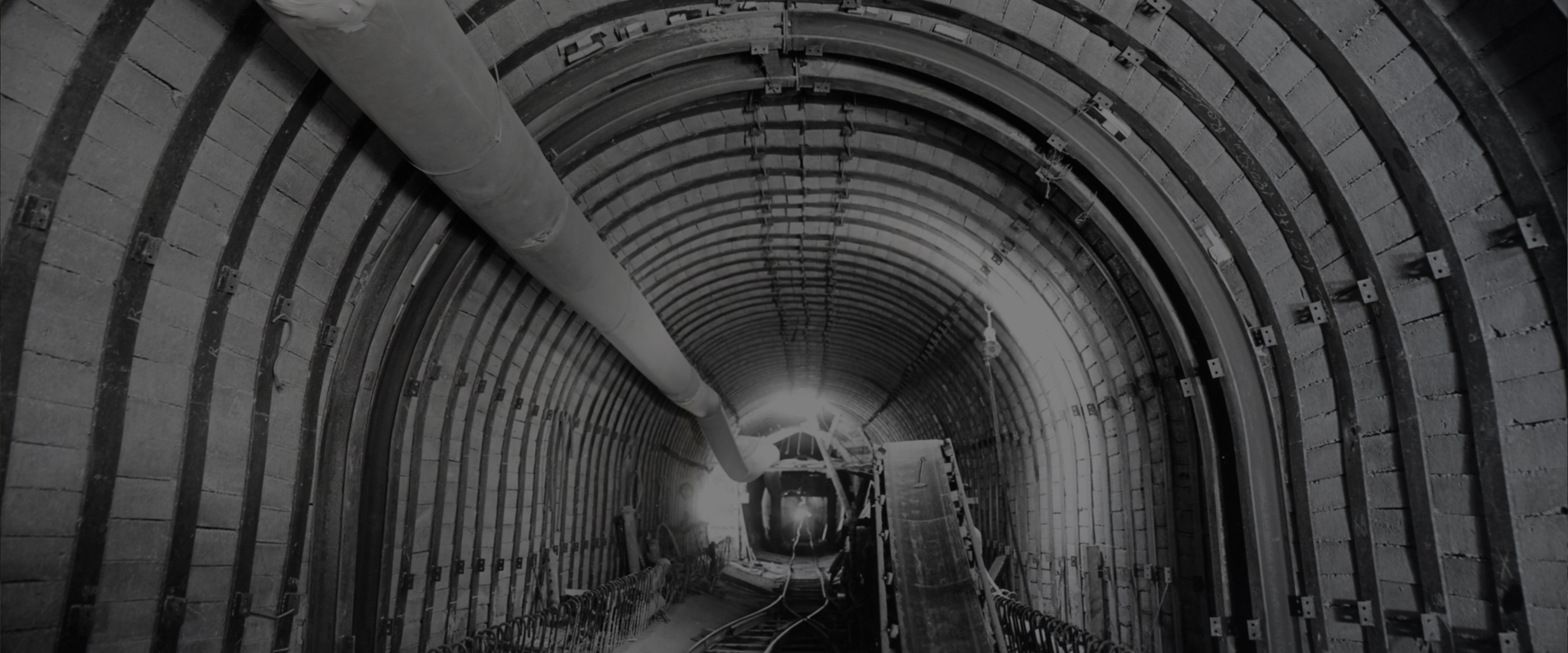
FORTORE TUNNEL, ITALY
The Tavoliere delle Puglie extends mostly in the Province of Foggia. It is the largest Italian plane following the Lombardy one: it's name was given to it by the Roman land registry, which was organized in tabulae censuarie.
The plane, during summer, features very hot temperatures. It is among Italy's driest areas: During the period that goes from 1957 to 1966, with the Fortore tunnel, it received the most important drive to modernise: the tunnel, with its 16 km is located in an area of 138,000 hectares (of which 106,000 can be irrigated).
By damming the Fortore River, and the associated tunnel to convey water, the population was finally able to secure regular water supplies, sufficient to meet both personal needs and field irrigation.
The Occhito dam on the Fortore River has been built with an artificial rammed earth embankment. It has a capacity of 250 million cubic meters, and is the third largest of its kind in Europe. Rammed earth was chosen due to the length of a few hundred meters of the Occhito Narrows, where the embankment is located.
The water, conveyed through an intake work, enters the tunnel and by travelling 16 km reaches a large reservoir at Finocchito from where it begins to divide serving various uses: irrigation, drinking, and industrial activities. The land is supported by a metallic shield that mirrors the whole excavation profile.
The water channelled towards Finocchito serves the entire Fortore area. This is truly an important milestone, if one just thinks that in the 50's, only 35 Italians over 100 had running water in their homes. It is thanks to works like this that from 1951 to 1971, homes with potable water from 35%, became 86%.

THE WORK AND THE TECHNIQUE
HECTARES AREA OF THE IRRIGATED DISTRICT
M³ USEFUL CAPACITY OF THE RESERVOIR
KM TUNNEL LENGTH
Consorzio Generale per la Bonifica e la Trasformazione Fondiaria della Capitanata, Foggia, with Funding from Cassa per il Mezzogiorno, Rome
Sacop and Girola (merged into the group now called Webuild)
For the construction of the Fortore Tunnel, the company Girola—later merged into the Webuild Group—was entrusted with building approximately 6,600 meters of tunnel, over 250 meters of access window, and a 235-meter canal bridge crossing the Sente stream valley and connecting two tunnel sections
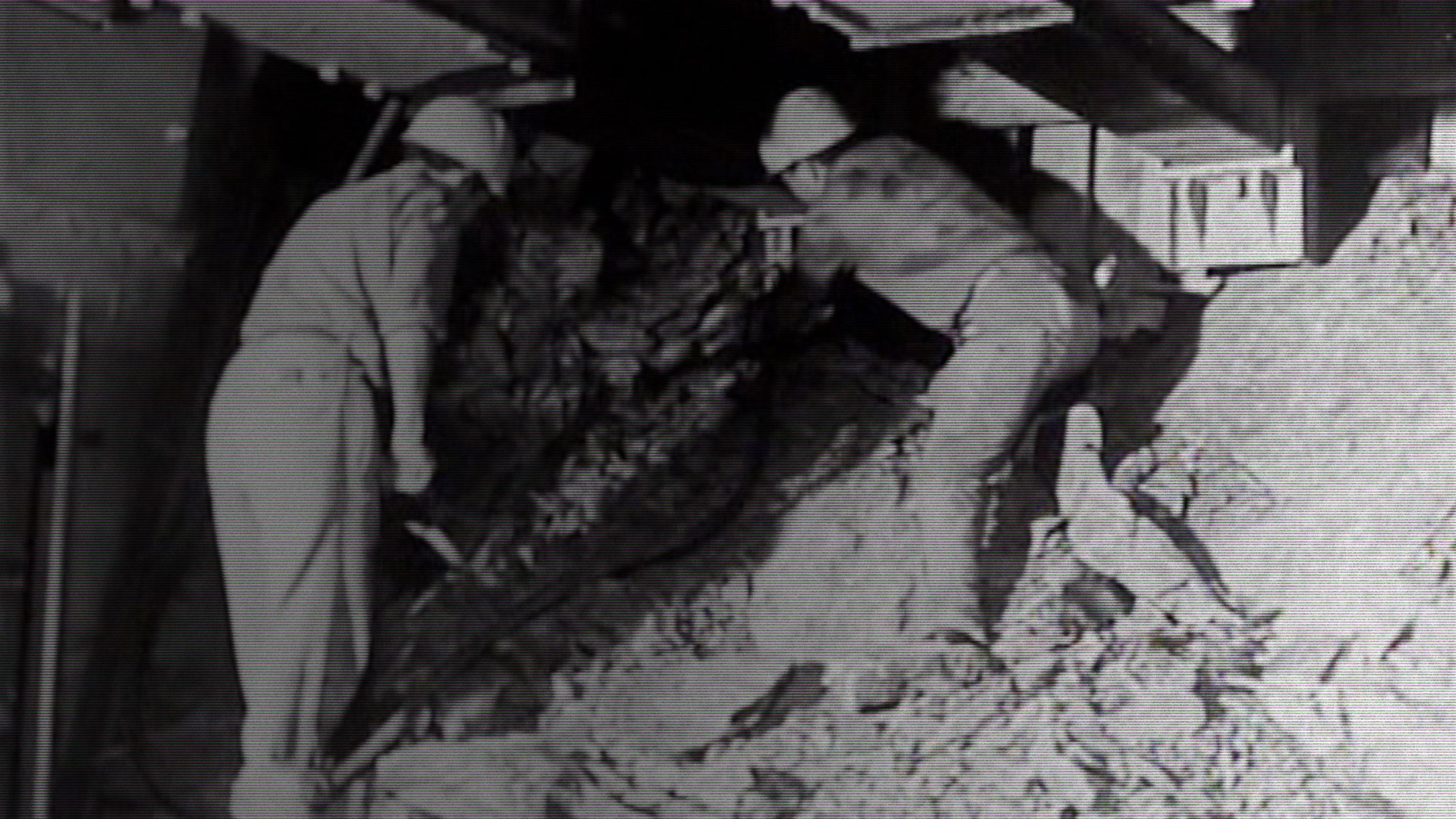
Soluzioni tecniche per la
galleria del Fortore
(Guglielo Chiolini, 1978)
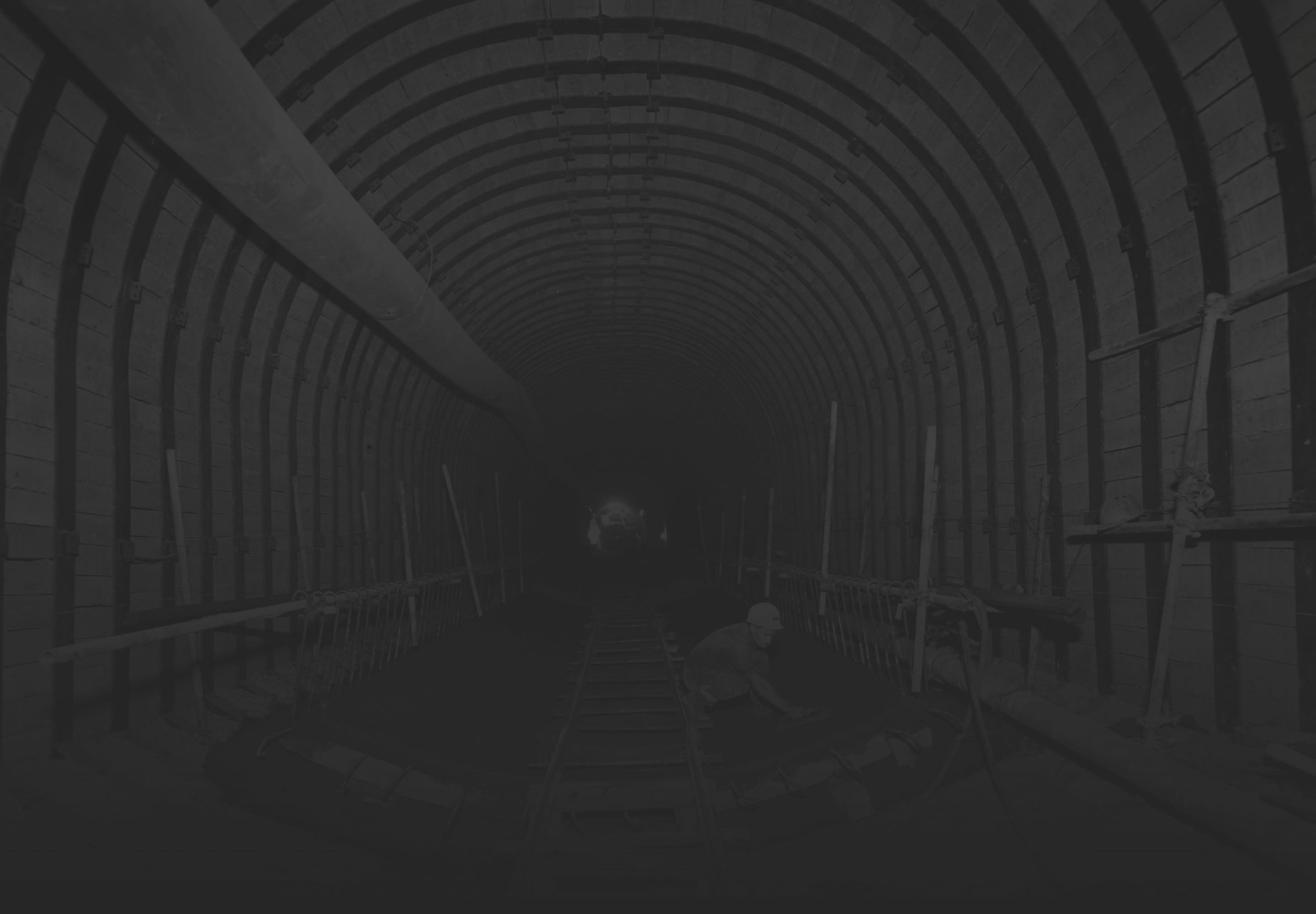
CULTURAL INSIGHTS

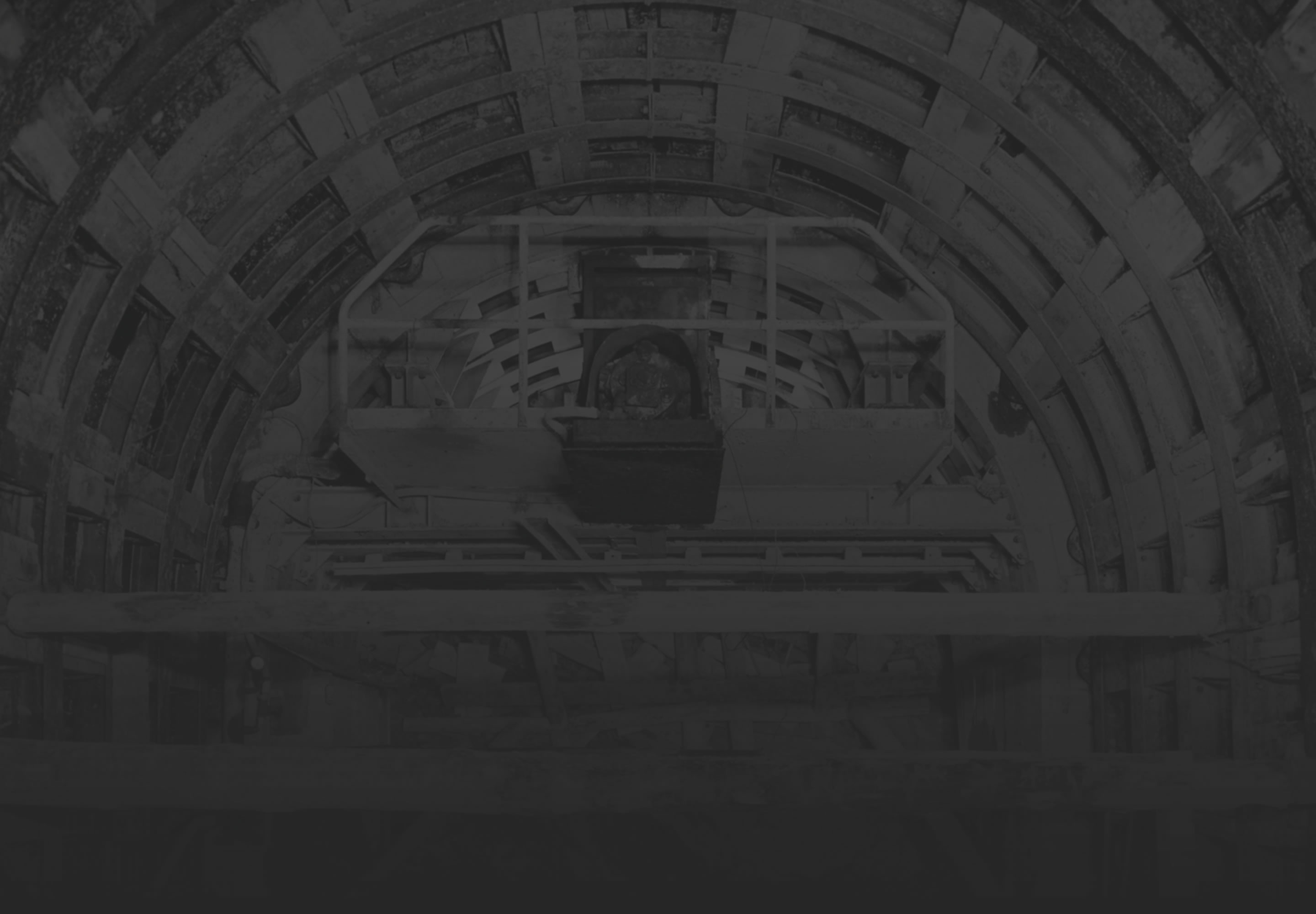
Water for the fields. Water for people
Building the artificial embankment of the Fortore river and of the related tunnel satisfied two primary needs: it ensured larger and regular water resources for the Tavoliere area’s agricultural activities, providing water to the thirsty people of Capitanata.
During the period when the work was being built, the province of Foggia, and many other territories, passed from an atavistic pre-modern era, with privations and sacrifices that today would really seem absurd, to extremely important modernisation and civilisation processes.
In the 1950s, only 35 out of 100 Italians had running water in their homes. Taking a bath or a shower were unimaginable luxuries for most: fleas, ticks, scabies, and lice were inseparable companions. Works such as those in Fortore represented the most tangible form of the contribution that infrastructure had on people's well-being: we should not forget that in Italy, between 1951 and 1971 the drinking water supply in households rose from being present from an initial 35 percent to 86 percent, houses with an indoor toilet rose from 40 percent to 82 percent. And those with a bathroom, from 10 percent to 64 percent.






